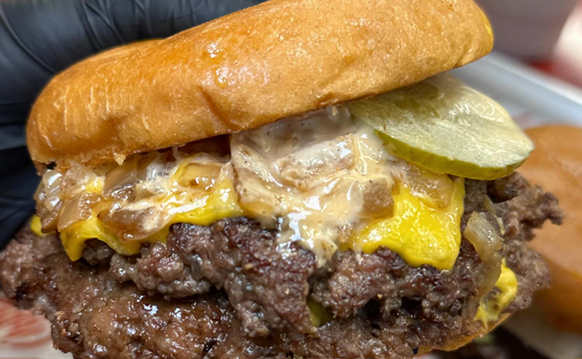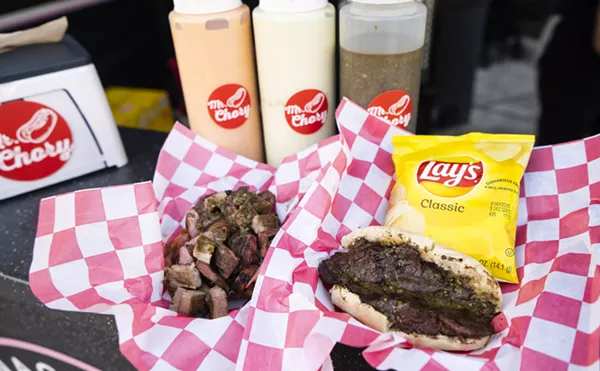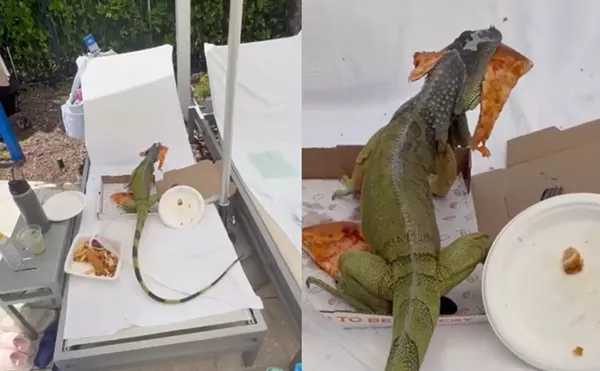Everybody is on the "buy local" bandwagon, which is a good thing. However, to be truly local, we need to look at the depth of the localness.
What is local?
Within how many miles is considered local? Is it 50 miles? Or is it 150 miles? I think that part is subjective based on what you are looking for and if it was prepared or grown to your specifications. The main thing is that we avoid anything that has 1,500 miles to get to us.
All of this just breaks the surface of localness, though.
Let's dissect a local restaurant experience.
First and foremost, you chose a locally run establishment and not Chili's or Applebee's. Second, take a look at all the ingredients in the dish you choose and consider where they came from and whether they are in season. Most restaurants that are preparing food from local ingredients label it as such on the menu or the servers inform you. Next, you need to look at the farm that grew the animals or vegetables. Is it organic, conventional, or some sort of natural or sustainable type? Then you need to look at where the farmer sourced the fertilizer. Was it made on the farm or brought in from a distance? Also things to consider are the farmer's methods. Just because it's local does not mean he is doing the right thing with the land. If the farm is local to us in Delray Beach but the farmer sourced the fertilizer in California, this makes the food not really local. The same goes for animals and feed. You may have a locally grown chicken, but where did the feed come from? It is hard to be totally local when you look this deep.
True sustainability
The definition of "sustainable" is to carry on forever. There is such a disconnect. We assume there is an unlimited supply. To be truly sustainable, we need to try to source everything right here in our backyard. Sure, some things are unique to a geographic location as far as soil fertility goes, but we can substitute viable alternatives. For instance, minerals for the soil come from two main sources, volcanoes and the ocean. The obvious choice here is ocean. We can make all of our own fertilizer to grow our food through composting and proper recycling. If we are truly local, then by default we are organic and sustainable and we will solve real-world problems including health care, petroleum, and water issues.
No more apples for Floridians?
Some things cannot be grown in our geographic location, like apples. Apples require what are called "chill hours"; this means that they will need a certain number of hours of temperatures between 32 and 45 degrees. An apple needs 400 to 1,000 chill hours to set fruit. Well, we are lucky to see ten chill hours some years. Scientists are working on "low chill" apples, but nothing is available yet. Does this mean we should not eat apples? No, not at all, but maybe we should consider how many we eat and maybe look for alternatives. Like for instance the Jujube Tree, a tree grown widely in Asia and India that produces fruit that is crisp and tastes much like an apple.
Support your local farmer; visit myfarmerjay.com, like Farmer Jay Pure organics on Facebook, or follow him on Twitter @FarmerJay1.
Follow @CleanPlateBPB












